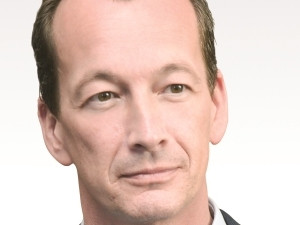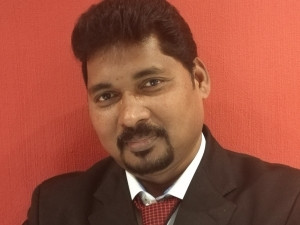Johannesburg, 23 Oct 2017

If you want to create the city of tomorrow, start by finding out what you and your peers have in common; and then proceed with combined programs and initiatives.
Kenya faced a serious problem. Tourism, a major contributor to its GDP, was shrinking due to crime and security threats. Potential visitors were wary. The police struggled to keep up, despite access to modern technology such as CCTV cameras. Despite investing in several projects, Kenya was not seeing a change.
The smart city is loaded with promise. By bringing the capabilities of modern technology into the real world, the limit is raised to the sky. Infrastructure can be nurtured, traffic can be soothed, and communities can be safe. Yet smart cities often struggle to deliver on their promise, but not why you might think.
"When what you are pushing forward is the next version of something you already have, it's probably not scaling, it's hard to integrate and not easy to connect to adjacent services," says Edwin Diender, Vice President, Government and Public Utility Sector of Huawei Enterprise. "This is the problem with a project-based approach. It's all about the outcome of the project, not the next step in a bigger play."
If you have been following smart city conversations, this will strike you as counter-intuitive. The dogma of smart cities state that you start with different programs and initiatives, then over time bring them together. But as the successful smart cities demonstrate, there is more to it:
"Singapore is a good example of approaching with programs and initiatives where everyone is in line with the previous one. That's different from other cities such as in the US. Look at New York. There one area of a city does a project. Like any other given are of the city does a project. They all have their own projects and don't link it up for the good of the city. I think it's because they don't take it from a higher view."
The big smart city picture
That higher view is a concept familiar to technology conversations: change comes from the top. But while usually aimed at policy makers or the executive, Diender speaks of a different big picture approach - that of the consortium, or even better, the eco system.

Here is a typical example of a project problem: department A has a project, guided by their budget. Department B also has a project, also guided by their respective budget. Even if the two have a lot in common, they never meet, because the projects are seen at their personal heliospheres - beyond that only lies darkness.
But if the two groups worked as a consortium, in symbiosis like an eco-system, they could then pool suitable resources and build their individual successes on the outcome. If done right, one serves as the stepping stone for the other.
This is what Nairobi did. With Huawei and eco-partners it built a unified mobile broadband network that served several parts of civil society. The network was predominantly motivated as a way to improve policing, eg. towards tourism. Already that put two groups at the table: the police and tourism ministries, able to share resources to fund and guide the network. Security services use the network for better policing, but tourism benefits from a safer environment.
Normally the onus would have been on the police to fund the network and then it would be linked to tourism-related projects. But with this approach, consortium and eco-system thinking found common ground. Even though the initial stage primarily benefited the police, it enabled seemingly unrelated initiatives to build on that by design.
"Find a consortium of people who all have a stake at the same table. From that consortium thinking it becomes a broader discussion with more ideas. This helps to better fund and finance the programs and initiatives. Does it make sense to take some of the IT budget of the tourism department and maybe the interior ministry budget? What about the Chamber of Commerce budget, because that network could make it much easier to register a business?"
Think together, build together
Accomplishing this type of smart city approach is not a small feat. But it is very practical and it can leverage what cities already have, says Diender:
"The forklift approach is wrong. You don't want to replace what you have. Instead you should look at either raising it all with a new foundation of technologies or to unify them with a new technology layer on top. The difference sits in not having a vertical approach. If we speak to one ministry, what we don't do is take specific pieces and specialised systems and services, and make them unique and only available for that ministry", says Kameshwar Rao Sorda, Solutions Director for Huawei Enterprise Business Group of Eastern and Southern Africa.
By doing so, all this does is make integration more difficult. It creates silos. The way to avoid it is to have those big picture conversations, to get together and see what different parts of the city - and even different cities - have in common.
It helped to put crime down in Kenya, and it helped Kenya's tourism return to form, a sector that has been growing more than 16% annually. When smart cities are built together, they change the world.
Share
